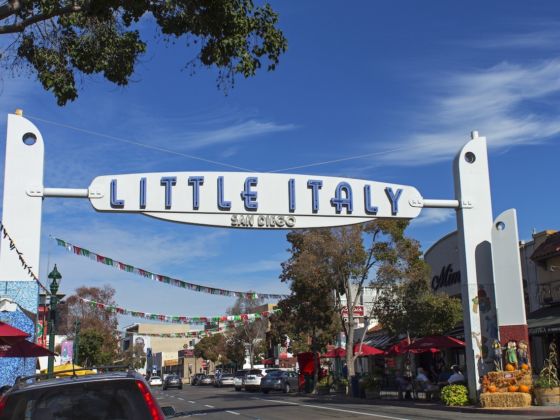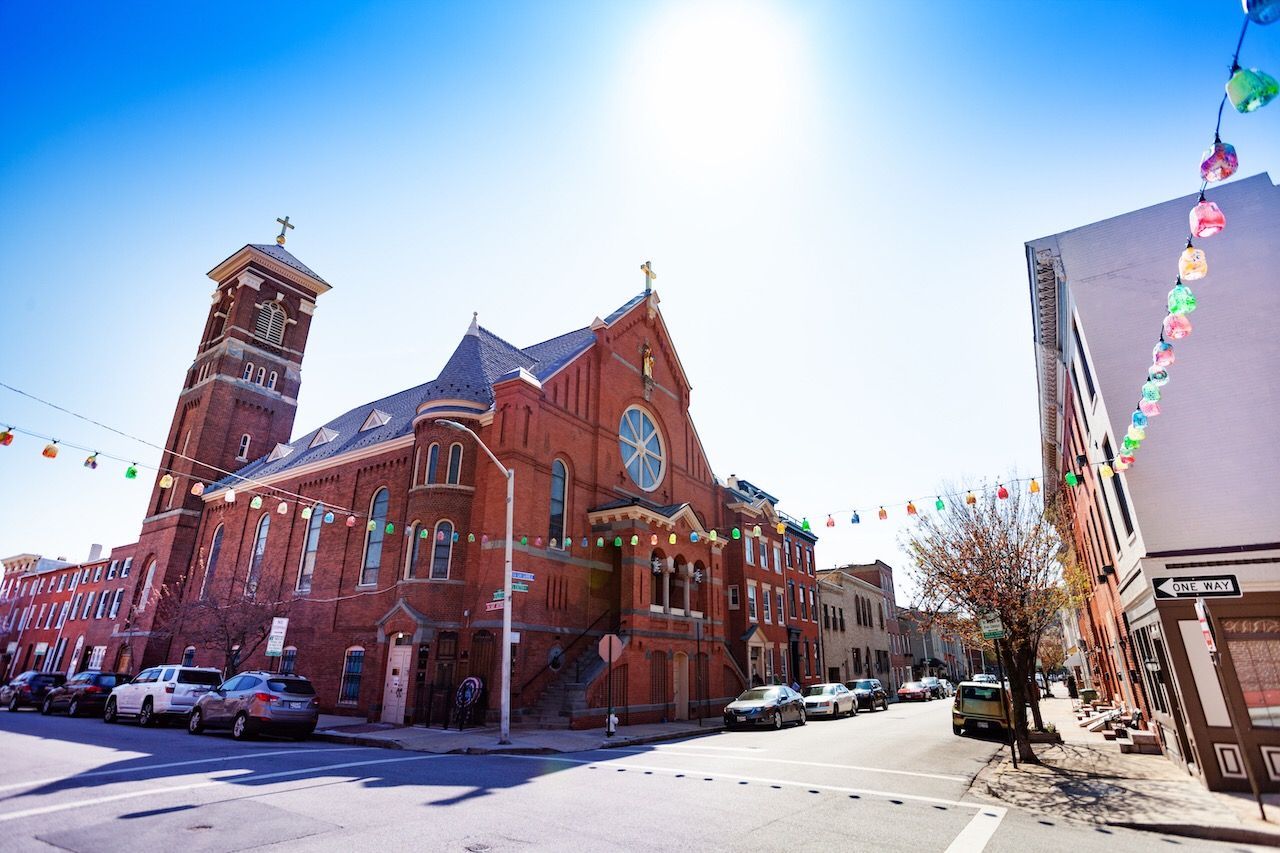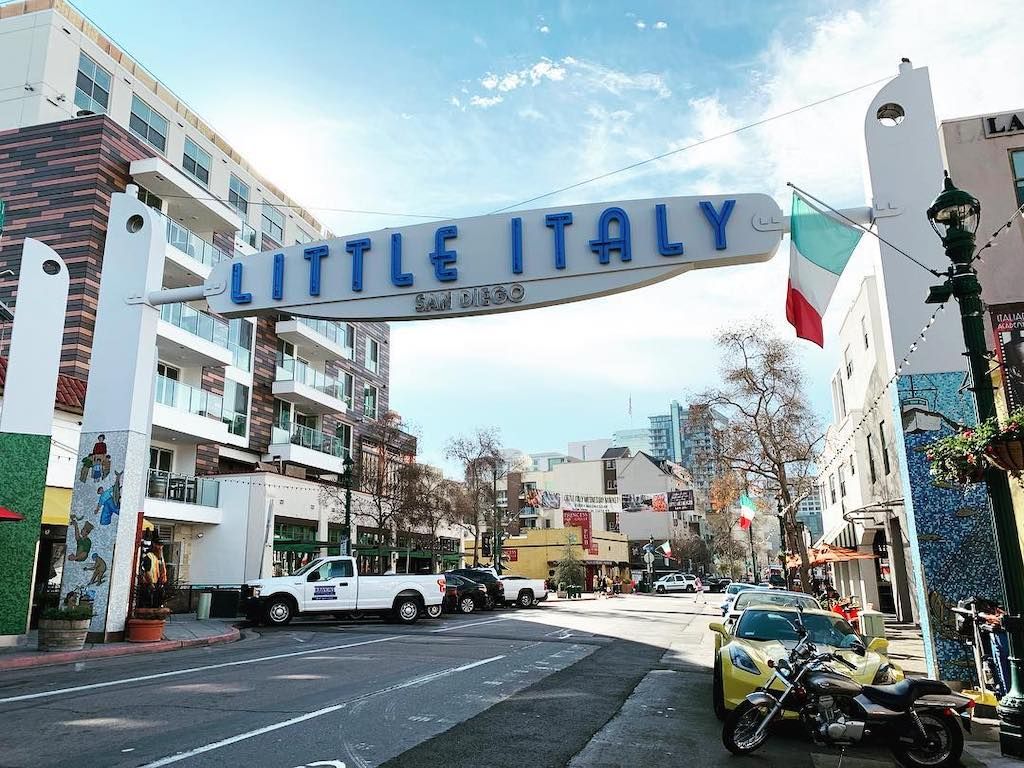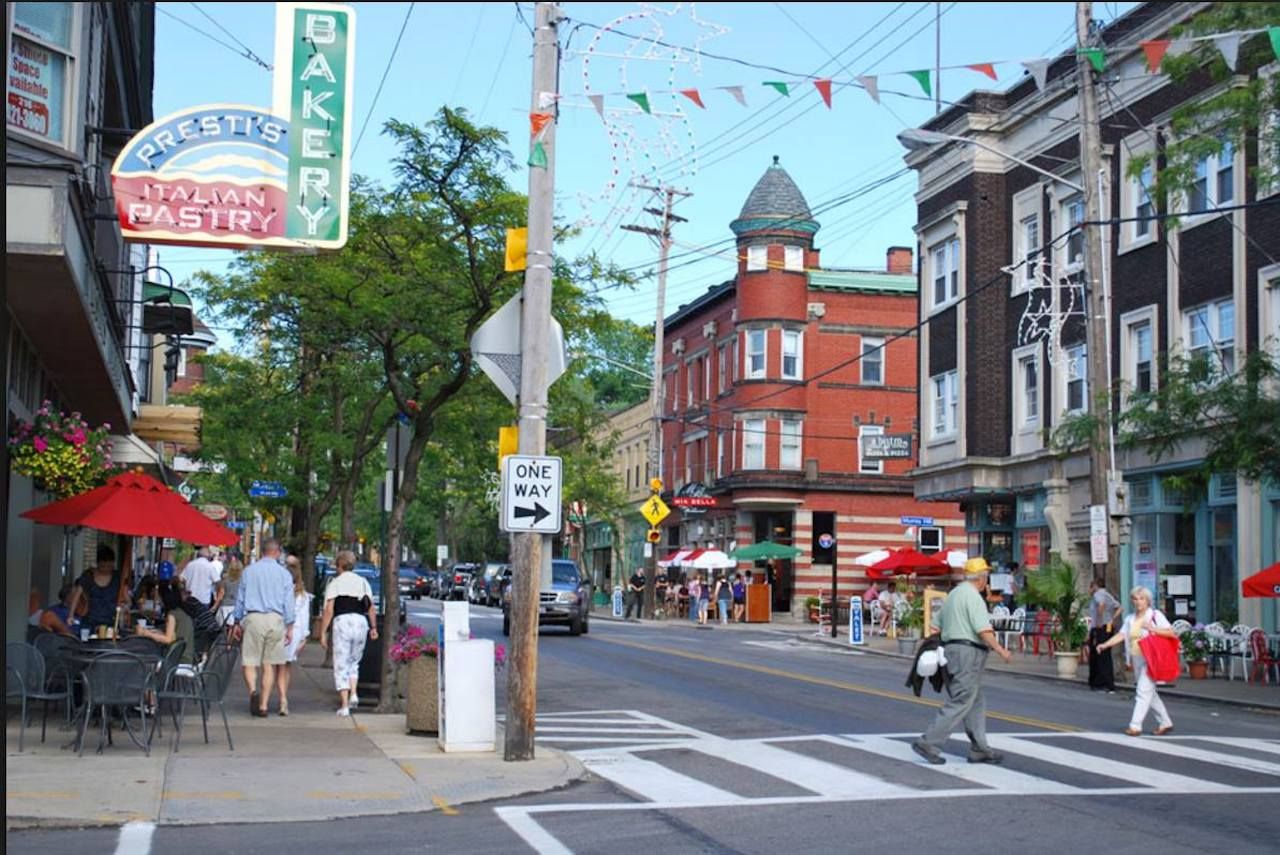If you’re on the keto diet, don’t even bother reading this story. Because no human even hears the words “Little Italy” without smelling garlic, tasting red wine, and reflexively slipping into a carb-induced food coma.
Typically, the Italian food in any neighborhood called “Little Italy” is worth the calories. You can certainly go to Little Italys in New York, Chicago, Philly, and San Francisco and be guaranteed a great meal, but Italian enclaves aren’t limited to huge cities, and the widespread influence of Italian-Americans can be felt from Rhode Island to the Mexican border. So crack open some Chianti, order yourself a pizza, and start planning a trip to these seven Little Italys that’ll instantly ruin your New Year’s resolution.




